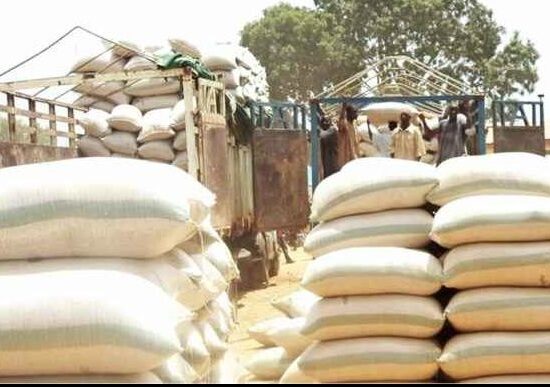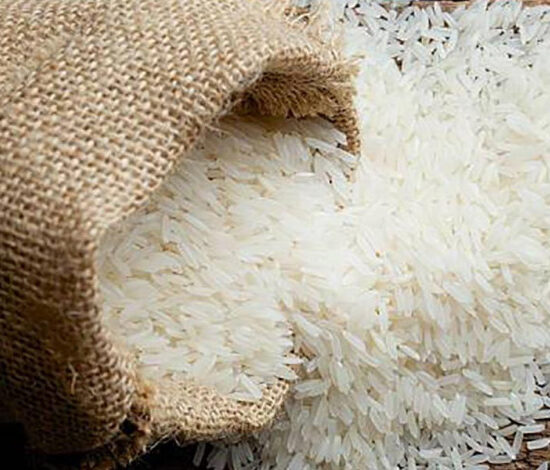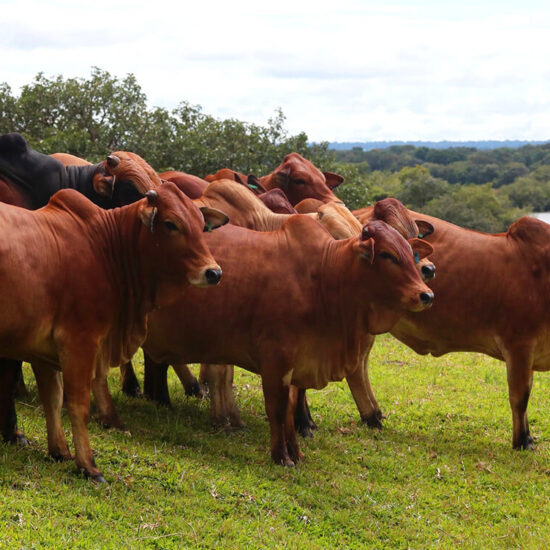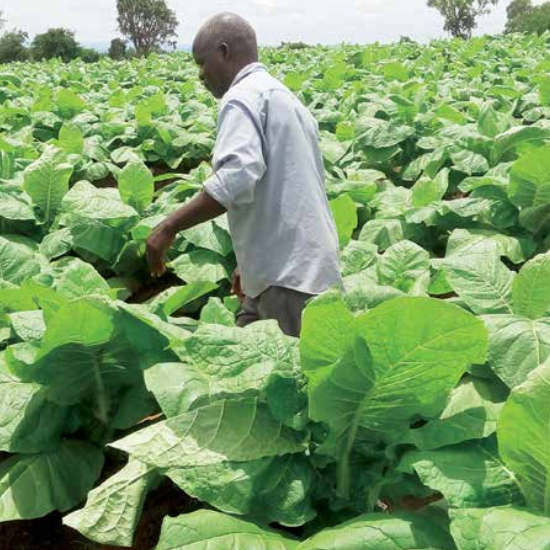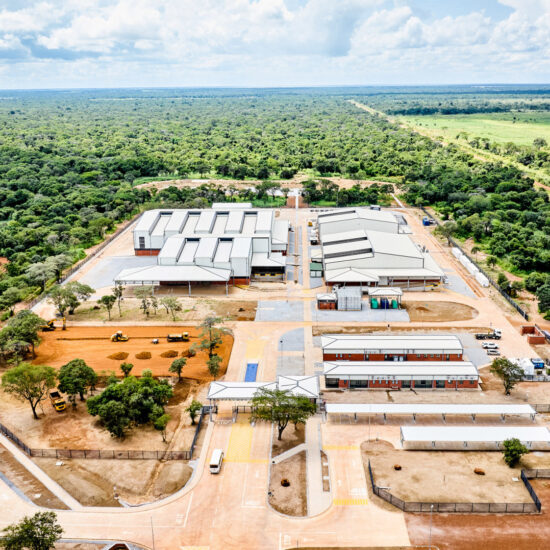
Cotton production has drastically dropped from 67,607 metric tones last year to about 10,367 metric tones this year representing a reduction of about 85%.
Speaking during an exclusive interview with the Zambian Business Times, Cotton Board of Zambia Senior Inspector, Derrick Sichilima said, factors like drought had contributed to the reduction in cotton production, As well as a reduction in the number of farmers that came through to cultivate cotton also contributed due to other competing crops like soya beans and maize due to the pronouncement that was made by government as well as other incentives like The farmer input supports program arrangements .
“Although cotton Farmers also get free input which they later pay back at the end of the harvest when they sell their crops, but you see when government makes a pronouncement obviously everyone is attentive, so most of the farmers who grow cotton had opted to go for maize. We also have another competing crop which is soya beans so you find that farmers would go for soya beans because of its short season in terms of growth as it matures early before cotton,” He explained.
Sichilima further alluded that The price of cotton per kilo on the market also contributed as cotton is not an edible crop that could be stored for consumption, as well as lack of facilities like textiles in Zambia that could process cotton, resulting to 98 -99% of cotton mainly being exported as it is a crop that is mainly marketed on the international market.
“You find that the price is mainly regulated by the international market, so the farmers just receive the price as they do not have any say in terms of negotiating, currently it is selling at k9.50 per kg as compared to last year were it was selling at k6 per kg which demotivated a lot of farmers into not cultivating it this year, were we saw about almost a 180,000 farmers backing out.” He stated.
Sichilima further alluded that the only input cotton farmers get is the one from cotton ginners or cotton companies who recruit farmers to grow cotton and enter into a contract with them by supplying them with seed and chemicals that would allow the crop to grow favorably a part from the rains.
“This input by cotton companies is supplied to farmers in form of a loan, for example all these things like seed, chemicals and sprayers can maybe amount to about a k500 for argument sake, so when the farmer harvests the cotton crop they will deliver to the particular ginner who supplied him or her with these inputs and then the ginner will deduct that loan of about a k500 as an example and then the balance of the money that’s the one the ginner will pay the cotton farmer, so this is entirely a private arrangement,” He alluded.
Meanwhile Sichilima said that cotton is mainly cultivated in Central province, Southern province, Eastern province as well as a part of Muchinga province.
“In these other provinces like northern province for example, Luapula, and copperbelt there is too much rainfall and the temperatures are not as high as in these other provinces because the nature of cotton requires high temperatures in the barleys and not as much rain as we find in northern province.” He said.
Furthermore Sichilima said ,that research had proven that cotton can not be grown in these other provinces because of factors like too much rainfall,highly acidic soils, which is not suitable for cotton, as it might germinate but may not fully grow in it’s full potential as it could result in zero profit.


